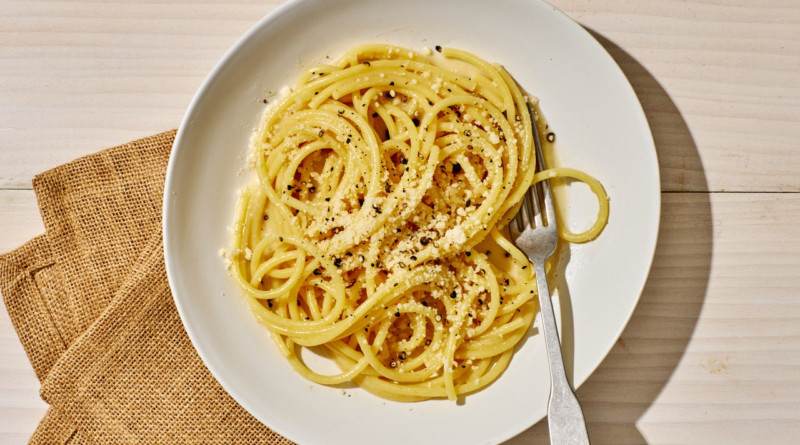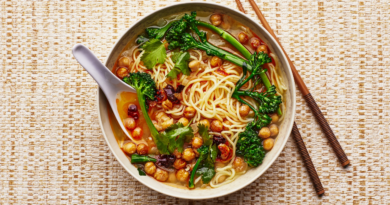Cacio e Pepe
Along with carbonara and amatriciana, cacio e pepe is one of Rome’s essential pasta dishes, served at restaurants all over the Italian capital. Like many of the Eternal City’s best dishes, a good cacio e pepe recipe is about simplicity. Classic versions call for just pasta, salted water, freshly ground pepper, and Pecorino Romano, a Roman sheep’s milk cheese. Ours tosses a bit of Grana Padano or Parmesan into the mix for a more rounded cheese flavor that melds warmth, nuttiness, and sharpness. When combined properly, all the elements come together like sorcery into a lusciously cheesy dish with a creamy sauce.
Ensuring this emulsified Italian pasta sauce is free of clumps when working the cheese into the starchy water can take practice. The quality of each ingredient is key: Use good butter and the best pasta you can afford and ensure your peppercorns are fresh. Classic cacio e pepe uses tonnarelli, a long pasta noodle that’s slightly thicker than spaghetti, but any long or short pasta works (think spaghetti, bucatini, rigatoni, or fettuccine). But the most important component is that cheese: Do not use pre-grated cheeses, which often include additives that prevent clumping in the bag but will cause clumping in your sauce. Use a box grater, not a fine Microplane, for coarsely grated cheese shreds that easily disperse and melt into the sauce without seizing up.
Cacio e pepe is best served immediately, so be sure to set your table before you start cooking. The dish needs little accompaniment, but a bright green salad is a nice addition to balance out the richness. And we’d never say no to garlic bread.
Need a vegan version? Try this one.




